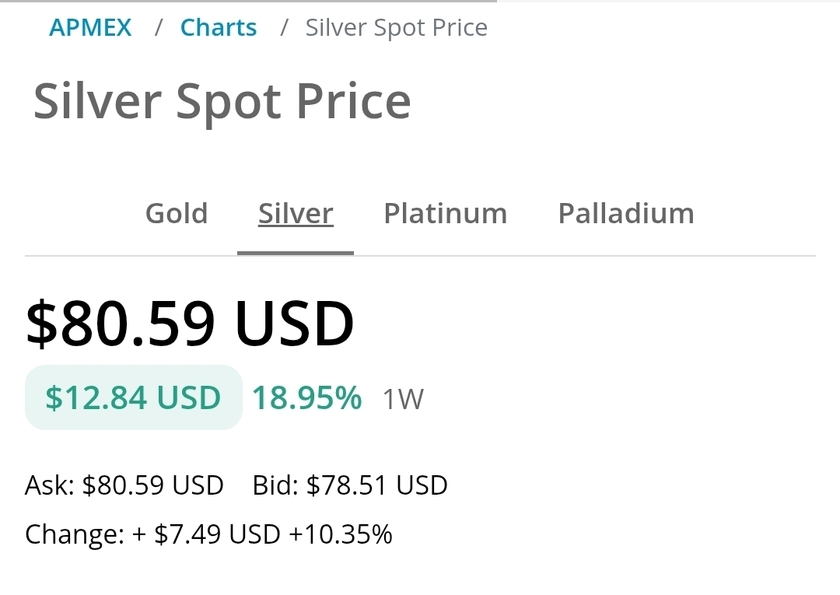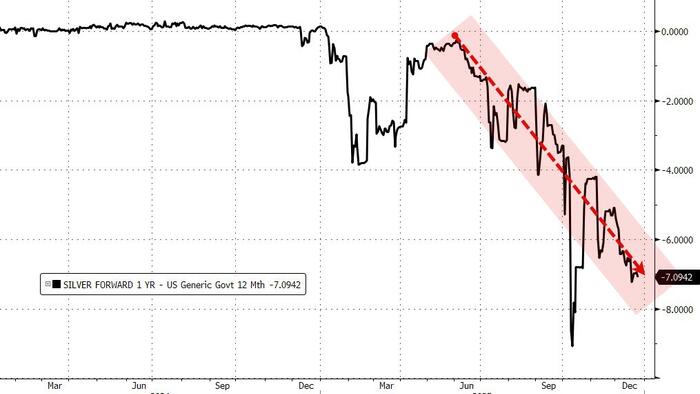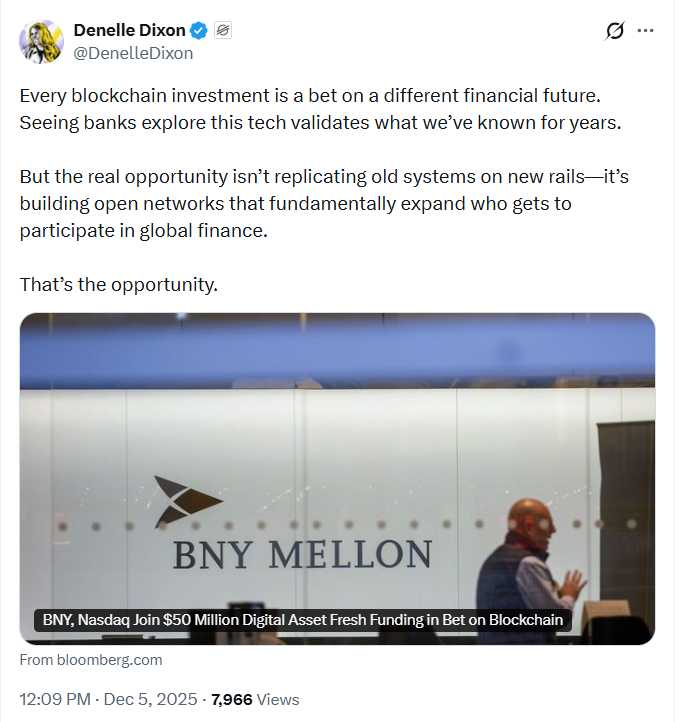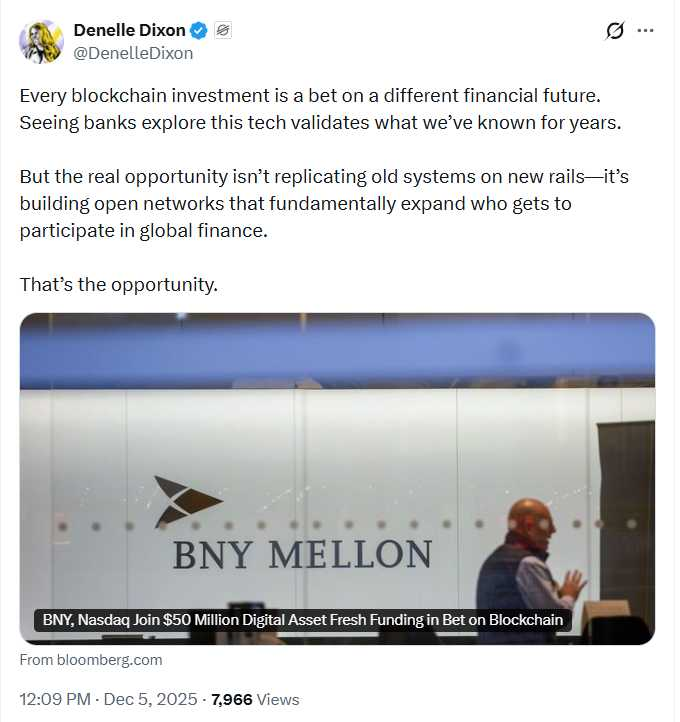MUFG Morgan Stanley Securities (MUFG MSS), the Japanese joint venture that’s an MUFG subsidiary, plans to issue digital securities this year, the Nikkei reported. Real estate backed security tokens currently account for around 80% of Japan’s market, whether that’s office buildings or residential blocks. MUFG MSS is currently focusing on digital bonds.
In the future, it hopes to use the Morgan Stanley overseas network to potentially sell Japanese digital bonds to foreign investors.
MUFG also owns 49% of Progmat, which is one of the two primary permissioned blockchain networks used for digital securities issuance in Japan. In addition to MUFG, Progmat’s investors include SMBC and Mizuho Bank as well as Sumitomo Mitsui Trust, SBI PTS, stock exchange owner JPX, NTT Data and Data Chain. The other major issuance network is iBet for Fin by BOOSTRY, founded by the Nomura group.
Daiwa Securities and security tokens
Daiwa Securities is one of the firms that has issued digital bonds. The Nikkei reported that next year Daiwa Securities is planning to issue digital tokens to fund solar energy plants owned by Daiwa Energy Infrastructure. Investors would receive part of the electricity revenues from Japan’s Feed-in Tariff System.
Meanwhile, Daiwa Securities has a fintech subsidiary FinterTech. To date Japanese security tokens have been issued on permissioned blockchains based on regulator preferences. If someone hacked a permissioned blockchain, it would be feasible to reverse changes to the ledger. That’s not possible with most permissionless blockchains. So in February Daiwa Securities and Fintertech collaborated on experiments to prevent the theft of tokens on a public blockchain.
A key benefit of public blockchain is the potential global reach, which includes direct access to a large pool of investors. However, regulators and legislators still need convincing about the safety of real world asset (RWA) tokenization on permissionless blockchains. Hence, the need for these demonstrations.





























